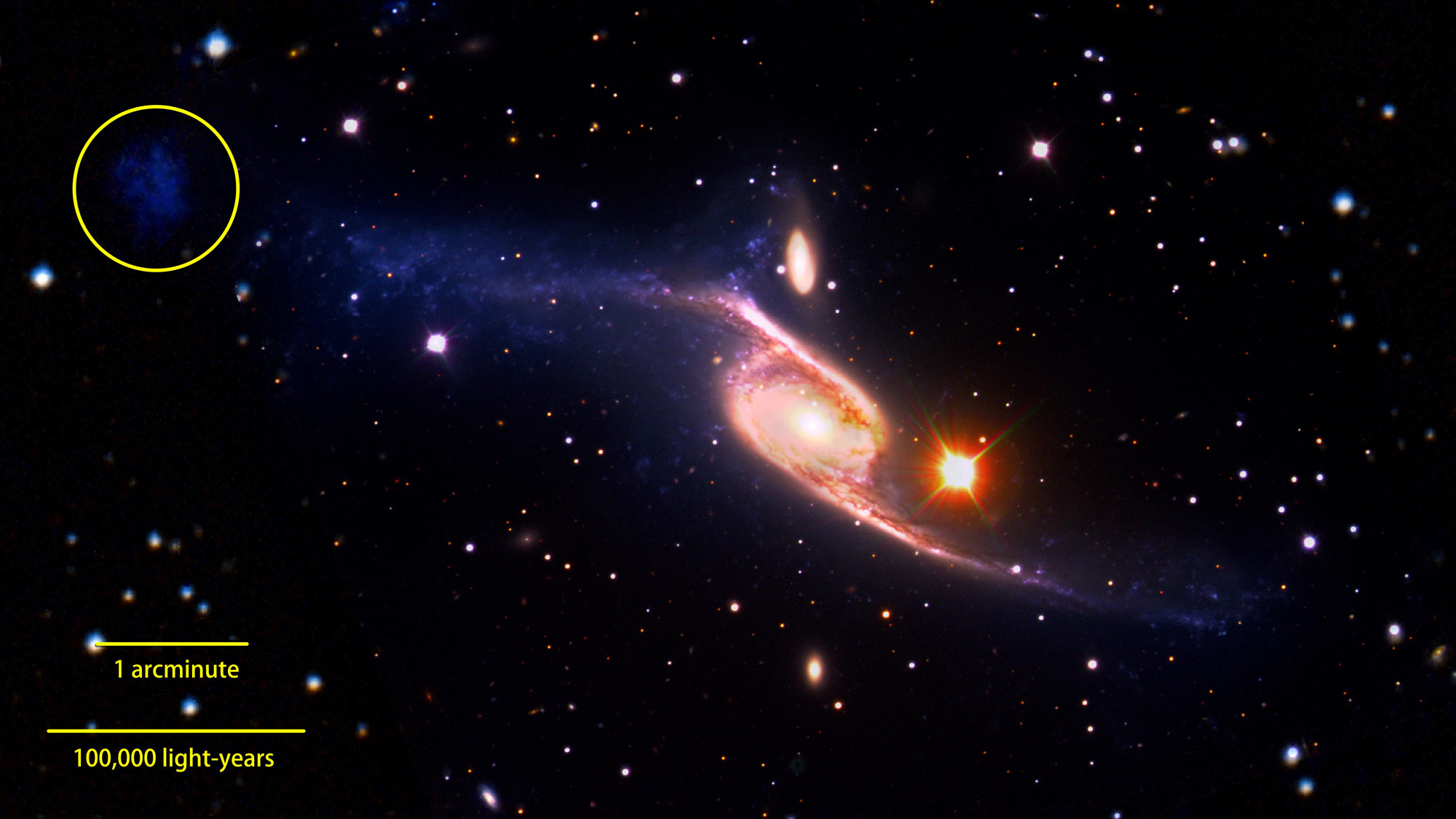

The catalogue serves as a tool for astronomers looking to understand how spiral and elliptical galaxies change shape over time. The catalogue features galaxies at various stages of evolution, including strangely shaped dwarf galaxies, galaxies producing forceful jets, and those interacting, like ARP 256, the Mice galaxies, and the Whirlpool Galaxy. 1 2 The word is derived from the Greek galaxias. Then compared with other types of galaxies and draw an elliptical galaxy, for which we had to devise a large instrument to draw a circle, in this link you. A galaxy is a system of stars, stellar remnants, interstellar gas, dust, and dark matter bound together by gravity. It’s over 24 million light-years away in the constellation of Grus. Using the parametric equations, x aexp (btheta)cos (theta) and y aexp (btheta)sin (theta) I used numpy.random for getting the random distribution of stars. Another barred spiral galaxy captured using MIRI, this new image (above) of NGC 7496 shows a bright active galactic nucleus (AGN).


The bar can be seen here going from middle top left to middle bottom right. I tried one of the new galaxys, a 'Barred Spiral' galaxy. Here is an overview of all the species in the galaxy. Explanation: Barred spiral galaxy NGC 1365 is truly a majestic island universe some 200,000 light-years across. The pair was named after Halton Arp, who first catalogued ARP 256 in 1966 in the Atlas of Peculiar Galaxies. NGC 4414, a typical spiral galaxy in the constellation Coma Berenices, is about 55,000 light-years in diameter and approximately 60 million light-years from Earth. I am simulating a logarithmic spiral galaxy using python. I have finished a game with a barred spiral galaxy and it was a doozy. The uptick in star formation is caused by a surge in interstellar dust and gas motion triggered by the strong gravitational interactions. The vibrantly blue specks scattered throughout the image are stellar nurseries from which hot new stars are consistently emerging. The galaxy on the upper left boasts prominent tidal tails, filled with dust, gas, and stars, being pulled toward its companion. Their nuclei are still far apart and won’t being converging any time soon, but the image shows distinct signs that an exciting galactic collision is underway. Their spiral shapes aren’t nearly as pronounced as they used to be, as the gravitational forces responsible for drawing the galaxies together cause them to become stretched and distorted. The image, captured by NASA/ESA’s Hubble Space Telescope, shows the barred spiral galaxy duo slowly combining in Cetus t he Sea Monster, about 350 million light-years from Earth. The two spiral galaxies that make up the ARP 256 system have just begun a long and chaotic journey together, destined to spend millions of years colliding into each other before finally merging into a galaxy all their own. Talk about getting up close and personal.


 0 kommentar(er)
0 kommentar(er)
